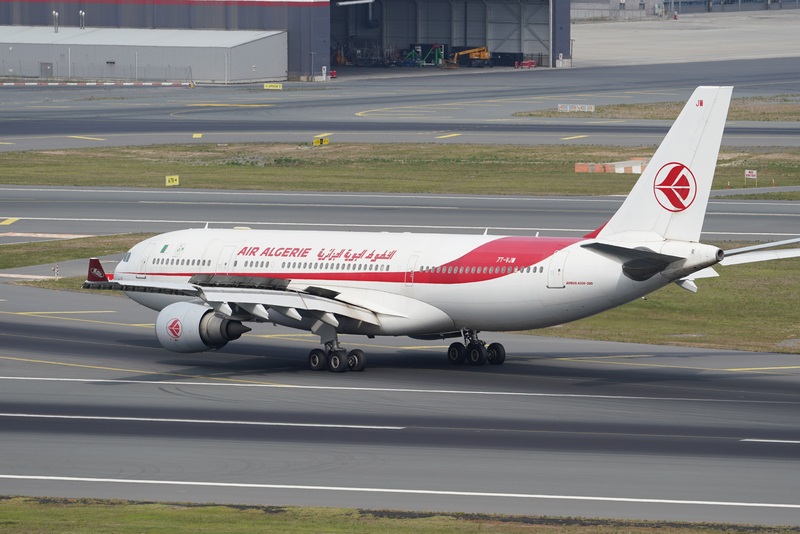Beond Airlines Plans Global Expansion – And A U.S. Subsidiary
Beond Airlines—headquartered in Dubai and currently focused on the Maldives (MLE)—has unveiled an ambitious growth plan built around a multi-AOC (air operator certificate) strategy and a fresh $100 million fundraising round. The headline: a path to 56 aircraft by 2030, new regional operating certificates in the GCC, India, and the United States, and an intent to scale its premium-leisure, all-business-class model well beyond its current two-jet footprint.
Fleet & Product: What They Fly Today (And Plan Next)
Beond’s day-one differentiator is a narrowbody, all-business-class setup (think Airbus A319/A321) aimed at high-end leisure travelers bound to resort markets like Malé (MLE). The expansion plan keeps that formula but at meaningful scale:
-
By 2030: target 56 aircraft (primarily A319/A321 in Beond’s all-J layout).
-
Short-to-medium haul focus: premium leisure corridors where narrowbodies can fly profitably.
-
Consistent on-board experience: the U.S. subset will mirror Beond’s current cabin and service style.
Multi-AOC Strategy & Funding
To move from a niche operator to a global brand, Beond says it will:
-
Raise $100M in new capital;
-
Stand up additional AOCs in the GCC and India, alongside its existing Maldives platform;
-
Add local bases to “serve luxury travelers locally” while keeping design, comfort, and service uniform across certificates.
Operationally, multiple AOCs let Beond base aircraft closer to demand, tailor crews and maintenance to each region’s rules, and unlock route rights that aren’t possible off a single certificate.
“Beond America”: The U.S. Play
Beond plans a U.S. arm—Beond America—in partnership with New Pacific Airlines. The concept:
-
Operating model: Part 121 scheduled service in the U.S. using New Pacific’s FAA-certified operations and infrastructure.
-
Initial scale: 8 aircraft flying with Beond branding, cabin, and service, expected to be A319/A321.
-
Network: routes and timelines will depend on regulatory approvals; exact city pairs are still to come.
Context: New Pacific previously floated a North America–Asia concept via Anchorage (ANC) that didn’t materialize. Here, it provides the U.S. operational backbone while Beond supplies the brand and cabin concept.
Execution Track Record & Risks
It’s fair to note the gap between past announcements and actual scale so far:
-
At launch (2023), Beond outlined 32 planes / 60 destinations within five years; two years on, the fleet remains two aircraft and service has at times paused.
-
A 2025 splash list of 18 new destinations has not (yet) translated into sustained scheduled growth.
That history doesn’t invalidate today’s plan—but it does underscore execution risk. Multi-AOC structures are complex, premium leisure can be seasonal, and scaling a boutique cabin on narrowbodies demands laser-sharp revenue management and reliable utilization.
What Travelers Should Watch
-
Market selection: Expect premium-heavy leisure routes where narrowbodies can fly nonstop or one-stop with strong yields (Maldives-style resort demand, GCC luxury corridors, selective U.S. sunshine/culture markets).
-
Schedule stability: As aircraft and AOCs ramp, consistency of operations will be the tell—particularly across peak/shoulder seasons.
-
Product continuity: The promise is a uniform all-J experience across AOCs; seat, soft-product, and ground experience parity will matter.
Airport Codes At A Glance
-
MLE — Malé, Maldives (current core market)
-
DXB/DWC — Dubai, UAE (head office / prior technical stops)
-
ANC — Anchorage, USA (context from partner’s earlier concept; not a confirmed Beond route)
Bottom Line
Beond’s blueprint—$100M raise, multi-AOC build-out, Beond America with eight U.S.-operated aircraft, and a march to 56 jets by 2030—is bold and, on paper, strategically coherent for a premium-leisure niche. The open question is execution: the airline’s prior over-optimistic timelines and limited fleet growth to date counsel healthy skepticism. If Beond converts funding into certified AOCs, steady aircraft deliveries, and dependable schedules, its all-business narrowbody concept could finally scale. Until then, consider this a promising roadmap—one that now needs proof in the flying.






